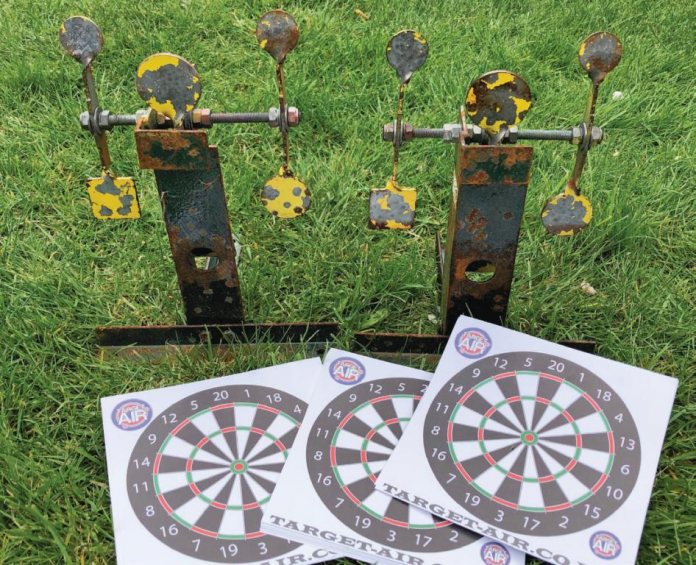
Graham Allen looks at the routes into target shooting with airguns…
Airgun target shooting, in its simplest form, is what most of us started out doing when we first handled an airgun and it’s almost universally known as plinking! I guess that no-one knows who coined the phrase originally but it was almost certainly due to the sound of a pellet hitting a tin can. Plinking, or ‘informal target shooting’ if we’re going to be posh, can be a great deal of fun and, as you’re using something that would otherwise be thrown away or recycled, the targets are free! You will obviously have to make sure that any ricochets are contained within your property, as it’s an offence for any pellet or BB etc. to go beyond your boundary and of course they can be dangerous to anyone in the vicinity; safety glasses should therefore be worn by the shooter and anyone with them. As most of us live in towns, it is also a very good idea to inform your neighbours that you will be shooting an airgun in your garden. As long as simple precautions are taken and you stay within the law, back garden airgun shooting can be really enjoyable and lead on to other types of shooting.
Even if you fancy really honing your accuracy against paper or card targets, you don’t even need to buy them, as you can make your own; however, it’s far easier to buy a pack of 100 ready-made target cards and they really don’t cost a great deal. Safety is obviously an issue, as you’re launching a small piece of lead down-range but a simple backstop can be made from a cardboard box stuffed with newspaper or cut up carpet but a proper pellet catcher is best.
The next logical step of course is to join a club of some kind and you should be able to find out where your nearest one is from your local gunshop; if they don’t know, a quick internet search should soon sort you out. You generally have two choices as to the sort of club you join, either indoor or outdoor. Even though the basics are the same, i.e. getting your pellet on target as accurately as you can, the two types are very different.
INDOOR
This type of airgun shooting is the sort that takes place during the Olympics and Commonwealth Games with high-tech pistols and rifles.
Bell target

Another indoor air rifle sport is Bell Target, which has its origins in Midland pubs and is still shot regularly. It was started in the 1890s to promote marksmanship, as British troops were being outgunned during the Boer War. The target, which is made of hardened steel, has 3/8- inch hole in the centre and the aim is to get a pellet through the hole and ring a bell fixed behind the faceplate. It is obviously very demanding and any pellets that do not make it through the hole make an impression on the nondrying paint that has previously been applied. Scoring rings are at 1 inch intervals from the centre and score 4, 3 and 2; a bull is 5. At the turn of the 20th Century, there were 1600 teams in Birmingham alone and 4000 in the UK as a whole. Rifles used can be any power source but are generally 6ft/lbs and open and dioptre sights must be used, no scopes are allowed. Contact: belltarget.com
OUTDOORS
If you fancy getting out into the fresh air, there are plenty of shooting disciplines open to you.
Field target
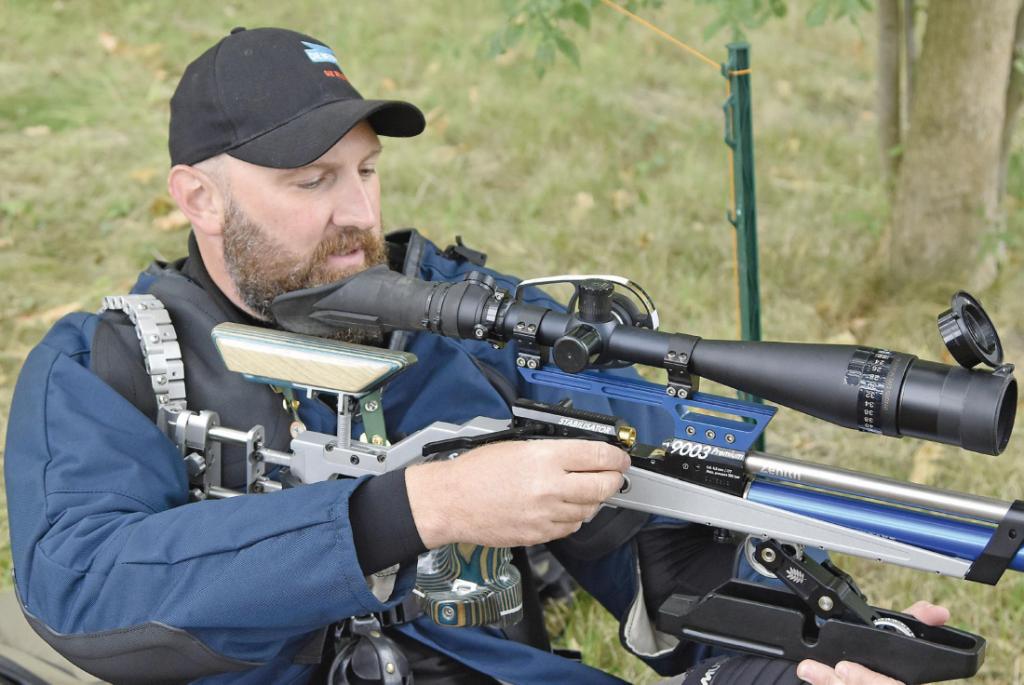
That’s the indoor stuff covered, so what about shooting in the great outdoors? Well, there are a few outdoor air rifle target disciplines and the one that most people have heard of is Field Target (FT). It started back in the 1980s and was an off-shoot of hunters zeroing their rifles on lifelike quarry targets. The targets used were originally paper targets stuck on to the metal silhouettes but eventually steel targets that fell when hit were employed; there were several types available but the ‘industry standard’ is now the ones made by the Nockover company and have a steel faceplate in the shape of a crow, magpie or rat etc. with a 40mm hole in the faceplate. If a pellet hits the plate, nothing happens and the firer scores zero but if the pellet passes through the hole, it hits a ‘paddle’ that is connected to a linkage. The linkage then pulls the main plate back, as it is hinged at the bottom; a hit or ‘kill’ is worth two points. A string is then used to re-set the target for the next shooter There are usually 40 targets per course and are set out in pairs and the competitor has two minutes to range and shoot the targets. Ranges vary from 8-yards to 55-yards and, due to the trajectory of the .177 pellets used, the shooter has to adjust the elevation turret of the scope to compensate. To help range the target, high-powered scopes are used and, due to the shallow depth of field, when the target is in sharp focus it is possible to read off the range from the scope’s sidewheel. Shooters spend considerable time and effort setting up their scopes, as accurate rangefinding can be the difference between a hit or miss and competitions take place in all weather conditions throughout the year. Rifles used for FT are generally very expensive precharged pneumatic (PCP) models that are fitted with specialist optics costing many thousands of pounds but once you have shelled out for the rifle and scope, there isn’t really a great deal to spend to take part, except the price of a tin of pellets and fuel to get there. Many competitors wear ‘Match’- style shooting jackets and many swear by them, due to the extra support that they give. Some shooters use spring piston air rifles and they often achieve exceptional results, despite the rifles recoiling when fired. Contact: thebfta.net
ATEO
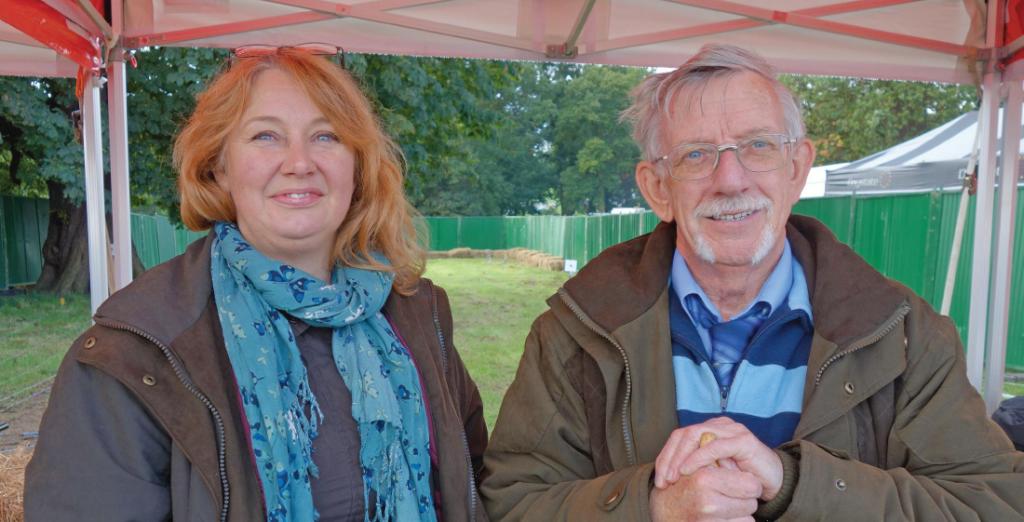
The Airgun Training and Education Organisation (ATEO) have been in existence for the last 20-years and have trained tens of thousands of people in the safe use of airguns. Dave Mills (the ATEO’s founder), Sarah Hanna and the team attend game fairs and country shows throughout the UK and their range is always packed with people keen to try their hand at shooting airguns. They also go into schools to educate pupils on airgun law and run airgun pest control courses. Contact: ateo.org.uk and livingheritagecountryshows.com
Hunter field target
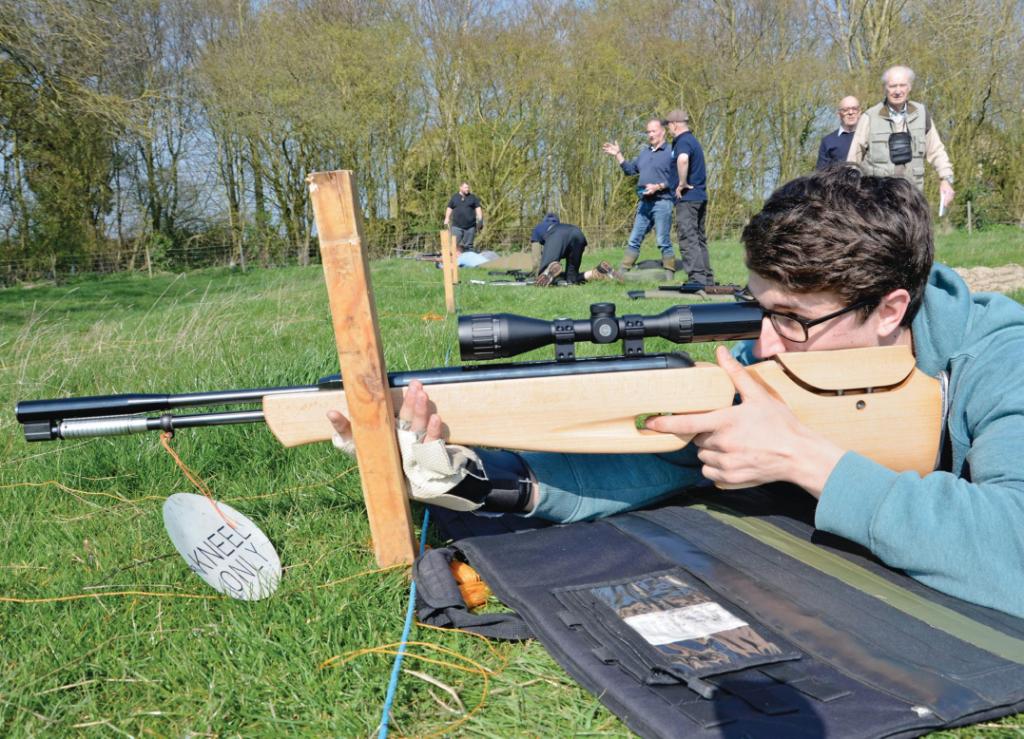
When it started, Hunter Field target (HFT) was seen as the alternative and to high spec guns and scopes, using simpler, more hunting oriented rifles and there are, like FT, classes for PCPs and spring guns. Rifles used are now more advanced than originally and some competitors use rifles usually seen in FT but in simpler stocks. The major difference between FT and HFT is that the shooter cannot adjust their scope during the competition, so they cannot use it to range the target using a sidewheel. They have to rely on the Mk 1 eyeball to assess the range and then use hold-over or hold under to shoot the targets, as no adjustments to the elevation turret is allowed. Contact must also be made with a wooden ‘peg’ when the shot is taken. Contact: sites.google.com/site/ ukahft and hftmasters.net
Target sprint
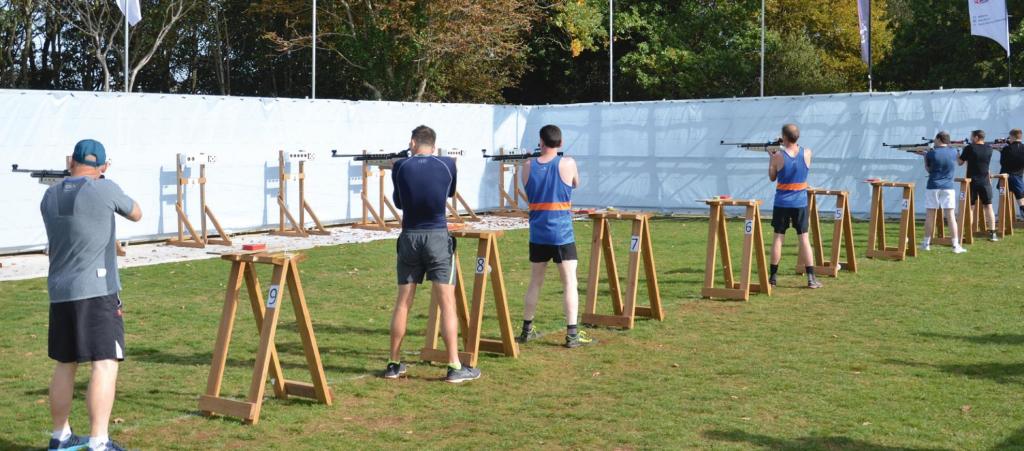
This is a relatively new discipline, that started in Germany in 2013. In some ways, it mimics the sport of Biathlon but the skiing is replaced by running and the rifle is not carried between stages and is kept at the firing point instead. The competitor runs 400 metres, shoots five 49.5mm discs from the standing position, runs another 400 metres and fires five more shots; the competition then requires another 400 metre run to the finish line. Shooting after exerting yourself is obviously difficult, so it combines fitness with accuracy. Rifles have dioptre sights and those used in the UK are made by Air Arms, either the MPR or S400 but the new dedicated Target Sprint Rifle, the TS400, is proving popular. Contact: targetsprint.com